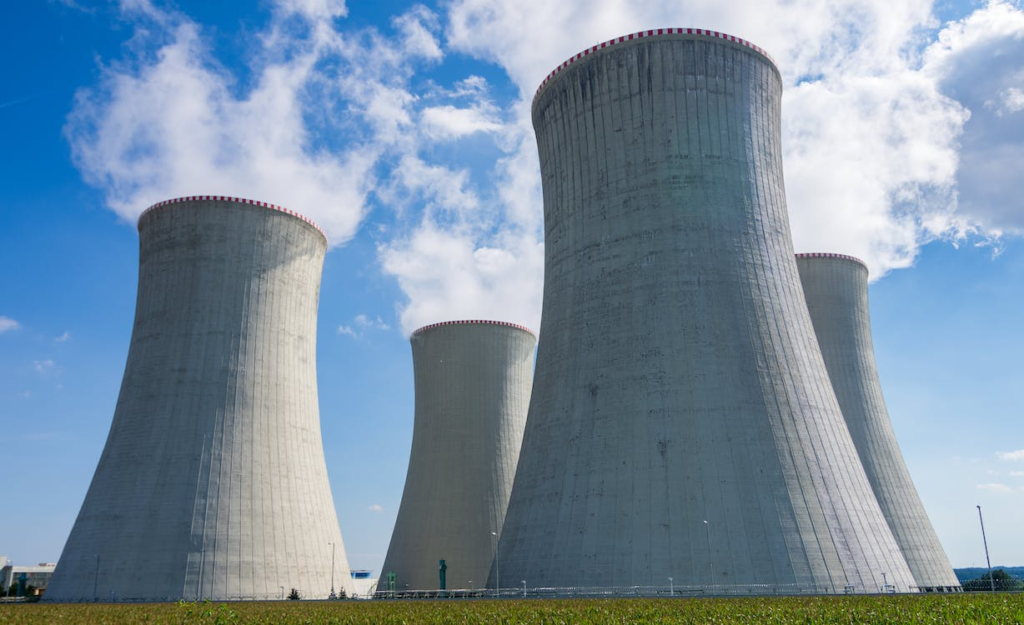
The demand for renewable energy is increasing, and so is the popularity of renewable energy sources.
Renewable energy sources, such as wind, solar, hydropower, biomass, and geothermal, are replenished naturally and are not depleted through use. Currently, 30% of the world’s electricity is produced from these sources. Moreover, 65% of the countries still use fossil fuels to produce electricity, while 31% use renewable sources. The remaining 4% use nuclear energy. This increase in the use of multiple renewable sources has made people curious. If you’re one of them, continue reading.

Let’s talk a closer look at each of these sources to understand their significance.
Wind Power
Wind is the largest source of renewable energy production in the country. It produces 9.2% of electricity through 7000 wind turbines. They convert wind energy into electricity. These wind turbines can be deployed in both onshore and offshore locations.
However, the adoption of wind power is affected by factors such as changing weather conditions. Wind turbines require consistent wind speeds to generate electricity, which can be an issue in areas with unpredictable weather. Moreover, they cause noise pollution and are a threat to birds.
The wind power sector is responsible for creating more than 120,000 jobs in the country. The number of employment opportunities in wind power production can increase by 44% over the next decade. Therefore, energy industry recruiters must prepare to fulfill this demand.

Hydropower
Hydropower is one of the oldest forms of renewable energy and the second-largest source of renewable electricity. It harnesses the energy of fast-flowing tidal waves to generate electricity. Through the creation of dams, the adoption of hydropower can help reduce the reliance on fossil fuels.
However, creating hydropower plants is a challenge. They require a specific type of geography and topography to function efficiently, which limits production. Moreover, the creation of dams can have significant effects on ecosystems. It can alter river flows, harm aquatic life and disrupt habitats. Dams and hydropower turbines also have high implementation and maintenance costs.
While there are 300,000 employees in the hydropower sector, it’s expected to create 1.4 million jobs by 2025. Renewable energy recruiters will have to look for skilled project developers, manufacturing workers, and facility managers.
Solar Energy
Solar energy involves using sunlight and solar technologies to make electricity by converting the energy from the sun through photovoltaic (PV) panels. While it was traditionally costly to implement, it is becoming increasingly affordable with technological advancement.
It’s the third most common renewable source of electricity production. However, the industry is facing storage challenges as storage technologies are limited, and the initial cost of their development is high. Moreover, the weather is unpredictable, and installing solar panels in an area with limited sunlight is ineffective.
The solar energy sector employs 4.3 million workers as of 2021 and is one of the fastest-growing sectors in the country.
Biomass Energy
Biomass energy refers to generating energy from living things. It involves burning organic matter, such as wood or agricultural waste, to generate electricity. The US exported approximately 8 million tons of wood fuel pellets in 2021, making it a net exporter of biomass energy. However, there is an ongoing debate about its sustainability.
There is an environmental concern about deforestation associated with biomass energy. Environmentalists believe it can produce carbon dioxide emissions like burning fossil fuels. Moreover, it requires significant land use, which can compete with the need for agricultural production and natural habitats.
Responsible for creating 2.4 million jobs in 2021, the sector has the potential to grow if energy production can be achieved sustainably.

Geothermal Energy
Geothermal energy uses the heat within the earth to generate electricity. The temperature of the earth’s inner core is quite hot and the hot water reservoirs within the earth’s surface are used to generate electricity.
However, it’s limited by factors such as the availability of suitable locations, as geothermal resources are available in certain areas. There are also high upfront costs of installing geothermal systems, power plants, and drilling wells. Moreover, the sector is heavily dependent on regulatory policies and government incentives, such as tax credits, grants, and loans.
This source is relatively less popular than other sources of renewable energy, as it employs 196,000 workers worldwide as of 2021, most of them being in China.
The Future of Renewable Energy
There is significant potential for renewable energy sources in meeting the world’s energy needs. In fact, it is predicted to supply 65% of the world’s energy by 2030.
With the development of technology, the adoption of renewable energy sources is likely to grow as costs will continue to decrease. However, the development of energy storage technologies will be essential for ensuring that the industry can achieve this goal and maintain a stable supply.
The Need for Skilled Workers
As the industry continues to grow, the limited availability of skilled workers can be a risk to its expansion. Renewable energy recruitment companies will have to search for exceptional talent that can help the industry progress.
If your renewable energy company is looking for engineers, developers, and other renewable energy workers, we can help. We are a renewable energy executive search firm that specializes in finding skilled, professional, and top renewable industry talent for your company. Our renewable energy recruiters can support your sustainability goal by providing you with people who can achieve your business objectives.
Contact us now for a consultation, and let us help you find suitable candidates for your company.
